It’s 350 years since the dawn of ecommerce, except back then there was no Internet so it was just distance selling. It was the early pioneers of selling remotely via catalogues however, which eventually gave birth to ecommerce as we know it today.
The first recorded mail order catalogue in Britain was produced by in 1667 by gardener, William Lucas. Lucas wanted to inform his customers of his seed prices so he distributed booklets locally. The idea was ground breaking but it took more than 170 years and the establishment of the national postal service for the idea to really take off.
Welsh entrepreneur, Pryce Pryce-Jones who is widely credited with setting up the first modern mail order company in 1861. Pryce-Jones took over a local draper business in 1859 and two years later, he distributed catalogues across the country. They allowed people to buy items from the comfort of their home and order them via the post, before they were dispatched to their homes by post and train.
William Kay spotted the growing importance of mail order and issued the first bound catalogue near the end of the 18th century. This format kicked started the home shopping catalogue movement we know today.
Kays started by selling functional workware and household items under the brand Kays of Worcester (later known as Kays) before moving into mainstream fashion in the 1920s. The company quickly grew and by the 20th century millions of people across Britain used the catalogue to kit out their homes.
The 1930s saw the beginning of the ‘golden age’ of the catalogue industry. Littlewoods released their first catalogue which allowed people, and especially women, to shop from their homes.
The advent of the internet in the late 1980s saw the role of catalogues evolve. Big books remained a prominent feature of mail order; however, they were supplemented by smaller catalogues that gave consumers a snapshot of an organisation’s offering.
This new approach saw the start of the ‘multichannel’ approach to retailing we know now. Multichannel retailing sees a company target customers through various channels, such as catalogues, social media and their website. Argos are of course a prime example of a multichannel retailer who still issue catalogues but fully embraced the Internet.
Royal Mail still deliver more than a billion catalogues every year making it an essential part of our shopping experience even after three decades of the Internet.
We wrote recently about Chums and why you should still consider mail order and catalogues as a part of your business. Of course nothing is going to replace the Internet, but there’s something about a physical catalogue which can generate orders, even if they have to be placed online.
Royal Mail is commemorating the 350th anniversary of the catalogue by launching an online gallery of catalogues through the ages.
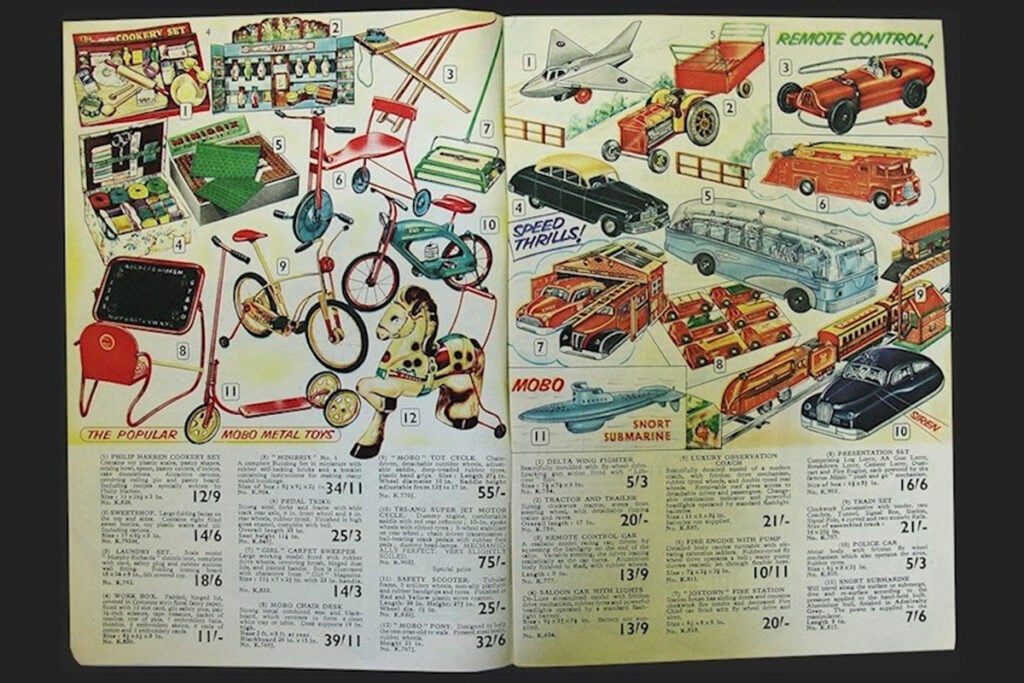

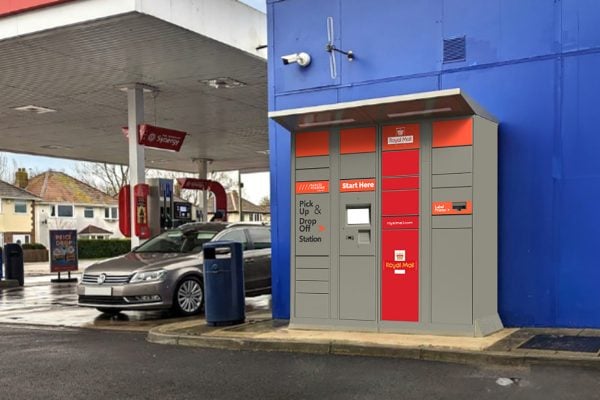
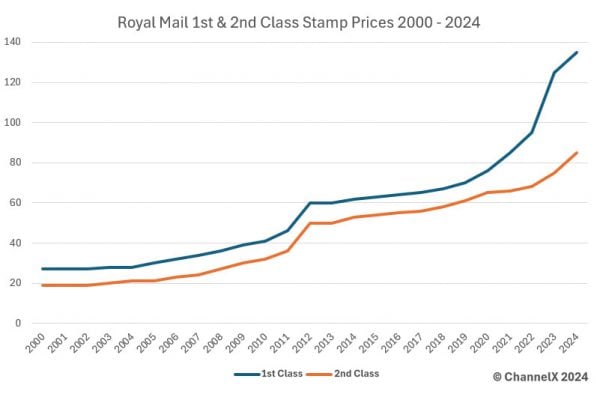
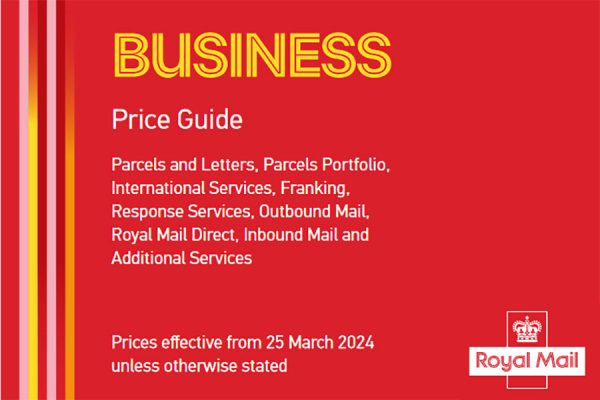


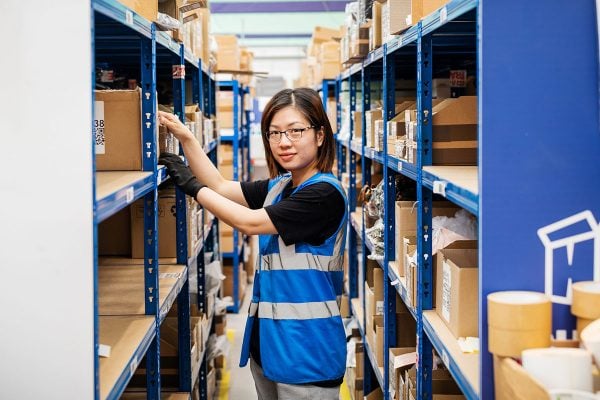


One Response
This is really cool, had no idea that mail order catalogues went all the way back to 1667!